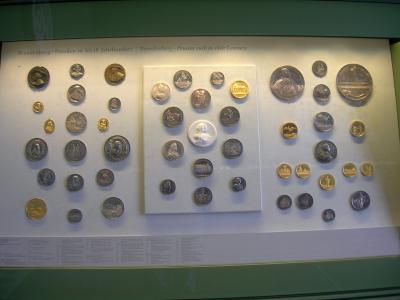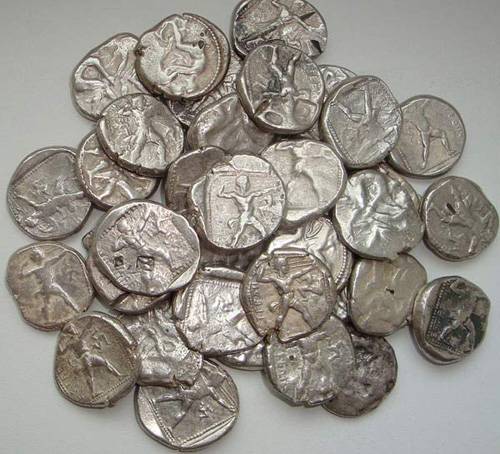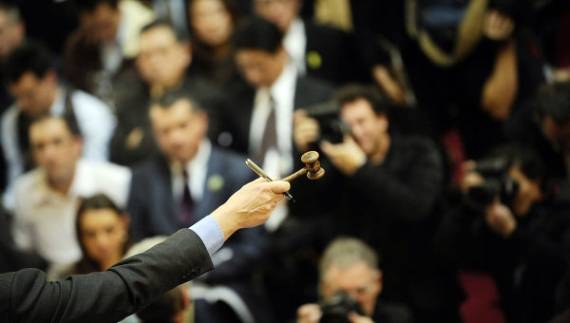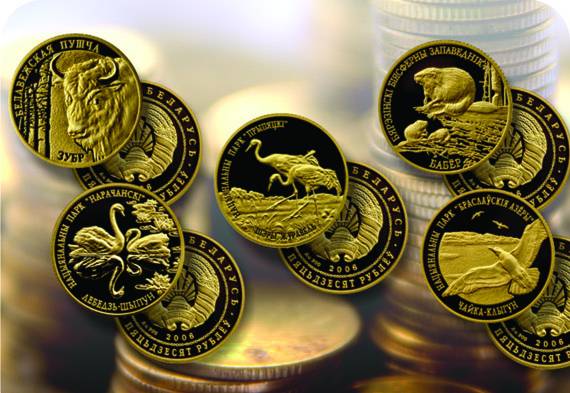Medicine on coins and bons
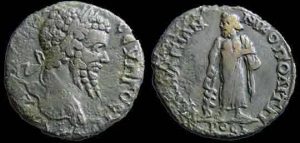 Medicine has almost always been in any state on one of the first places, and such a manifestation can be seen on many antiquities, for example, on the same coins or paper banknotes, which are still very, very young compared to the latter. Of course, medicine, which existed more than two thousand years ago, was significantly different from modern. After all, then there were still no hospitals or clinics, but the main specialties still exist, such as surgery, dentistry, and so on.
Medicine has almost always been in any state on one of the first places, and such a manifestation can be seen on many antiquities, for example, on the same coins or paper banknotes, which are still very, very young compared to the latter. Of course, medicine, which existed more than two thousand years ago, was significantly different from modern. After all, then there were still no hospitals or clinics, but the main specialties still exist, such as surgery, dentistry, and so on.
The first witnesses of the medical orientation of such ancient states as ancient Egypt, ancient China, ancient India, ancient Rome and Greece, on the coins of which original symbols of medicine began to appear, for example, a bowl with a serpent wrapping around it, images of prominent doctors and healers, such as a profile image Asclepius, who was almost a symbol of all medicine in ancient Greece. Such coins are quite common, by archaeological standards, of course, but for numismatists they are considered a great rarity, because, firstly, their exact date of minting is not known, and secondly, they are almost completely absent in private collections, since the cost they are several tens of thousands of dollars.
However, banknotes depicting such a science as medicine are found not only in ancient countries, this trend is also observed on banknotes and banknotes of the nineteenth and twentieth centuries. A simple example of this is China in 1912, when a portrait of Sun Yat-sen, the Chinese president and the first Chinese doctor who received education in Western Europe, appeared on the banknotes. But this is also not the only case, since in 1923, in Germany, there appeared a banknote of one hundred thousand marks with the ophthalmologist De Löv depicted on it, and on a smaller bill. Dignity fifty pfennigov, the same years, was depicted medieval German physician Eisenbarth.
As for the coins of modernity, on which the medical theme appeared, there are also quite a few of them. An example of this is the Netherlands coin of 1959, on which the image of Dr. med. Ludwig Zamenhof, who, apart from being an excellent surgeon and ophthalmologist, also revealed to the world the international language Esperanto, is placed. And on the territory of such a state as Israel, in 1960 a coin appeared, which depicts the Hadass Medical Center, known worldwide for its best doctors and doctors.
As you can see, the medical topic has always been popular, no matter what kind of state, part of the world or time in the history of mankind. The medical theme was manifested both on coins and on paper banknotes, and it is quite possible that in the near future this tendency will repeat again when new discoveries in this field of science occur.

